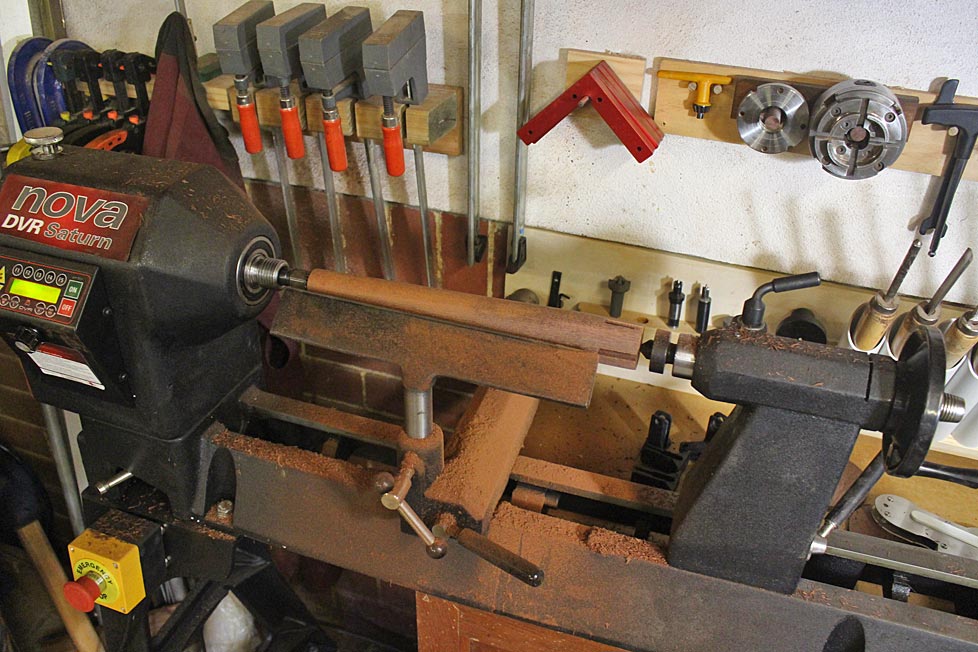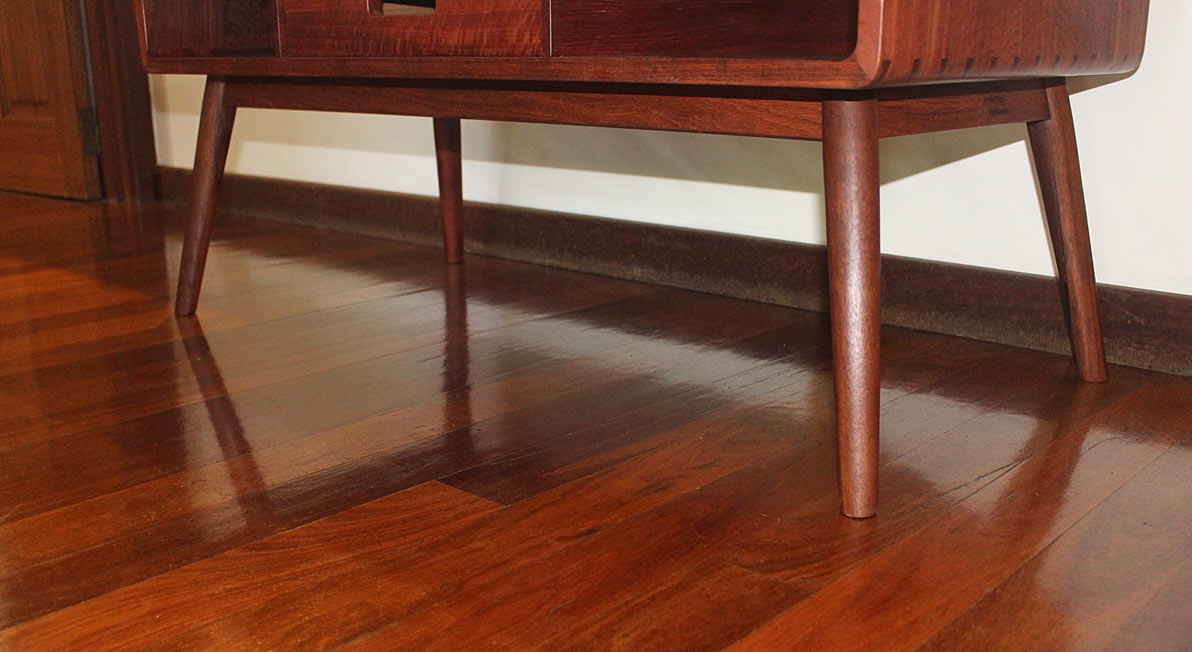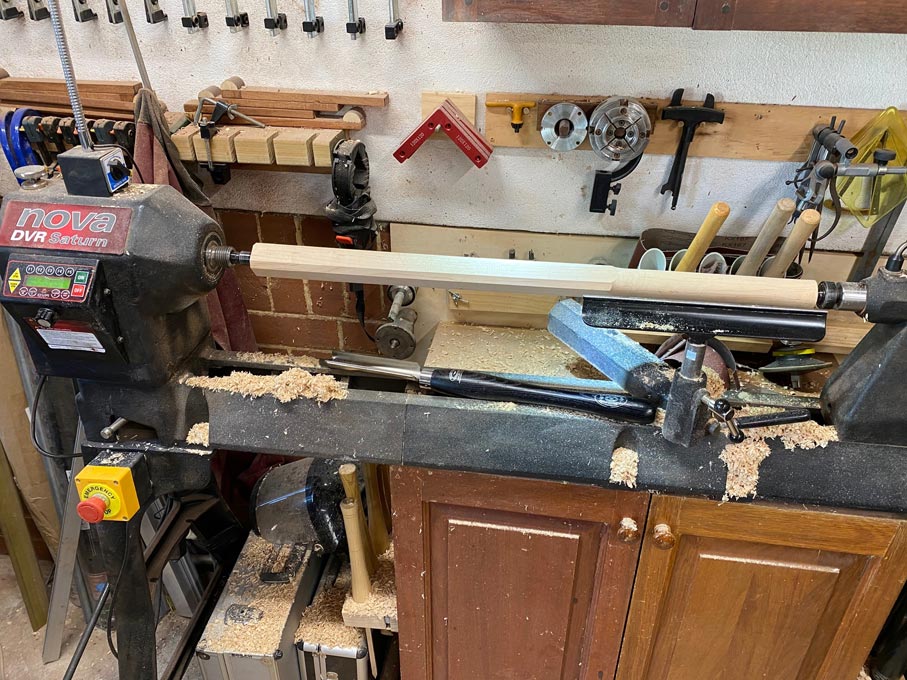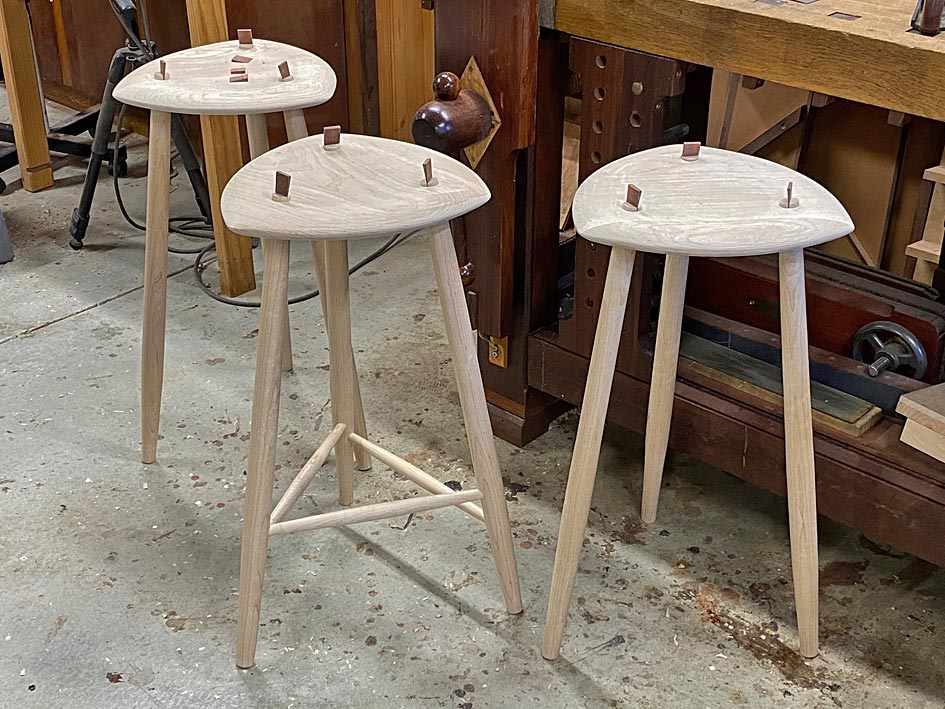Perhaps you would show us something you have built to contribute to the discussion?
Not an unreasonable question, but did cause me to laugh out loud a little bit!

Perhaps you would show us something you have built to contribute to the discussion?
A useful intro to furniture design could be "1000 Chairs": Sit pretty: 1000 Chairs. Bibliotheca Universalis. TASCHEN Books
Not to be confused with 500 chairs which is a tedious trudge through "post modern" extravaganza
My favourite on vernacular is Irish Country Furniture
I feel bound to say that the legs are mainly what puts me off Derek's coffee table. They remind me of some 60s/70s items. I'm sure they're not screw-on, and I am in total awe of his craftsmanship. It's merely a personal taste thing.Jacob, what screw on legs? That is not something I have used.




Perhaps you would show us something you have built to contribute to the discussion?
Regards from Perth
Derek
I feel bound to say that the legs are mainly what puts me off Derek's coffee table. They remind me of some 60s/70s items...
We always had second hand stuff, so probably a decade behind the times.Mal, s
I was hoping that they would remind you of some 50s/60s stuff ... that is typical Mid Century design
Regards from Perth
Derek
I know that you are not fond of Christopher Schwarz, but he is one of the few "personalities" that in my mind have a good eye for design (especially when it comes to chairs) and actually tries to teach about it.
He was a remarkable architect - but not a woodworker! The café chairs were style statements, and a beggar to sit on because obviously the backs are too upright. Perhaps to dissuade the Edinburgh ladies from lingering too long ...?I never had a bit of Mackintosh to repair. However, I knew someone who did, and he said that the quality was pretty shocking, lots of nails etc. However, they look fantastic and are some of the most valued pieces of furniture ever made in these isles.
On the drafting tables of the engineers he put notes saying: "Is your construction unnecessarily ugly?"
This is the board. Was a step.We were taught to do it; "slotted screw edge joint". Nothing crude about it.
It was used a lot but unnoticed as the screws remain out of sight until the thing is broken up. I've got a sample piece saved from a staircase I demolished. I wouldn't have noticed it except the edge jointed boards had slipped out of line but stayed together, which would only be possible with a slotted screw edge joint




Work in progress.A finely worked coffee table in the style of screw-on leg flat-pack furniture, whereas your stools like very traditional/minimalist and made in a practical way.
Actually I'm just finishing off a pair of Reitveld Red & Blue chairs which I promised as Christmas presents last Christmas. The painting more of a problem than the making. Some clever details involved though, but zero display of craft skills. I'll post a photo later.






It's very Mondrian.Work in progress.
The design is from this book. It gives a lot of detail and history, with "correct" measurements and variations.
Believe it or not they are quite comfortable. I guess you need to be not far off Reitveld size!
I've nailed them with copper roofing nails instead of the books recommended screws, which don't look nice. Apparently Reitveld nailed them originally.
View attachment 149594View attachment 149595View attachment 149596View attachment 149597View attachment 149598View attachment 149599
As I expect you know!It's very Mondrian.
Of course he did. Simple division of labour.....The architect , Ernest Gimson. employed others to make his furniture. no doubt aware of the limitations of his own abilities ....
The designer doesn't have to be the skilled maker either.
Work in progress.
The design is from this book. It gives a lot of detail and history, with "correct" measurements and variations.
Believe it or not they are quite comfortable. I guess you need to be not far off Reitveld size!
I've nailed the back and seat with copper roofing nails instead of the books recommended screws, which don't look nice. Apparently Reitveld nailed them originally.
The frame is quite sophisticated with 16mm dowels at each crossing. Because of the layout they lock where three cross over.
I've got to touch up the enamel colours where necessary and then follow up with the black water based last as it will be easy to clean from the enamel.
Then wax polish the black.
View attachment 149594View attachment 149595View attachment 149596View attachment 149597View attachment 149598View attachment 149599
Enter your email address to join: